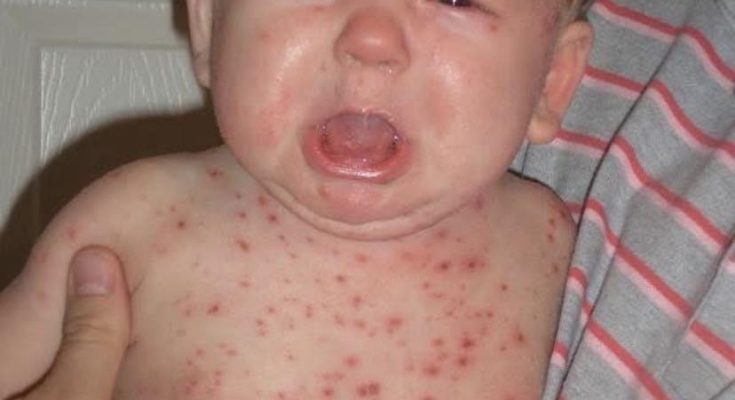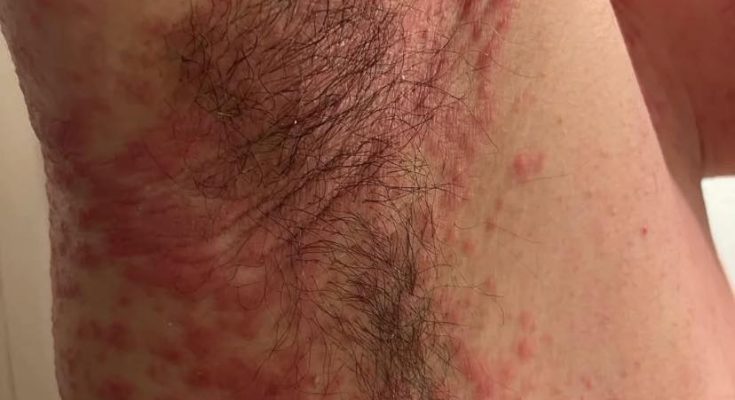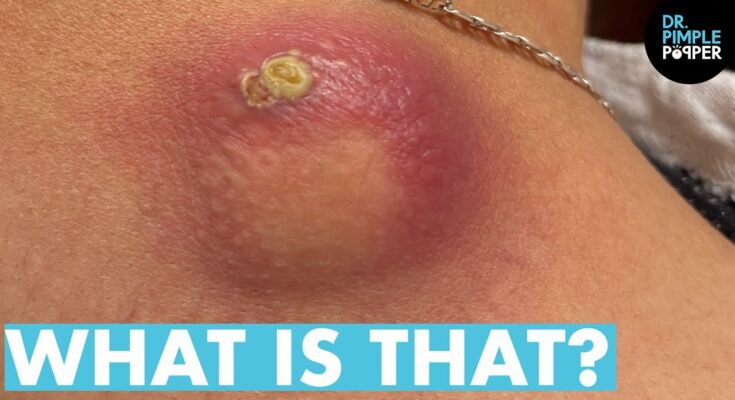Identifying SKIN RASHES in BABIES and CHILDREN
- Based on the image, the infant appears to have a widespread rash. Here are the visible characteristics and potential symptoms associated with this appearance:
- Rash: There are numerous small, reddish-purple spots covering the infant’s trunk (chest and abdomen), and visible on the scalp/forehead.
- The spots on the body appear to be petechiae or purpura (small spots caused by bleeding into the skin), or possibly a papular or maculopapular rash, depending on their elevation and exact color (which is hard to determine perfectly from a photo).
- The spots on the scalp and forehead look crusty or scaly in some areas, which might be related to the body rash or a separate condition like severe cradle cap (seborrheic dermatitis) or another scalp infection/inflammation.
- Distress: The infant is visibly crying with an open mouth, suggesting they are in discomfort or pain.
- General Appearance: The skin overall looks inflamed and irritated.
Potential Symptoms and Medical Considerations:
A severe, widespread rash, especially one that looks like petechiae (pinpoint spots that don’t blanch when pressed), on a crying infant is a serious medical sign. It is critical to seek immediate medical attention for a child exhibiting these symptoms.
The potential causes for a severe rash like this are numerous, and only a doctor can diagnose it. They might include:
- Infections:
- Viral Infections: Measles, chickenpox (though the spots look less vesicular than typical chickenpox), enteroviral rashes, or others.
- Bacterial Infections: Sepsis (blood poisoning), which can sometimes present with a rapidly spreading petechial or purpuric rash, is a life-threatening emergency.
- Other Infections: Meningitis (often associated with fever and a non-blanching rash, a medical emergency).
- Allergic/Immune Reactions: Severe drug reactions or hypersensitivity syndromes.
- Blood or Vascular Disorders: Conditions causing bleeding under the skin (e.g., platelet disorders, vasculitis).
The most important step for an infant with this type of rash and distress is immediate professional medical evaluation.
- Rash: There are numerous small, reddish-purple spots covering the infant’s trunk (chest and abdomen), and visible on the scalp/forehead.



